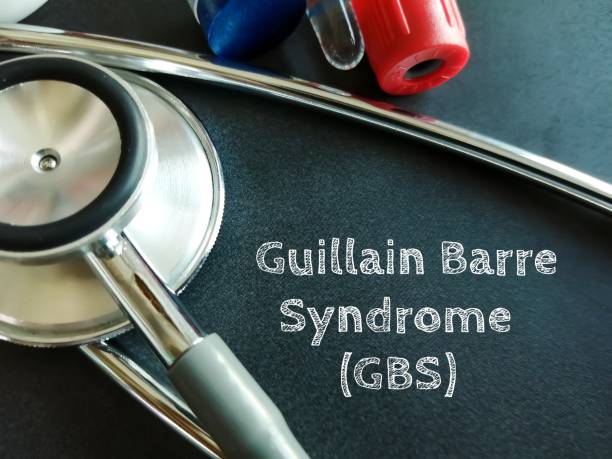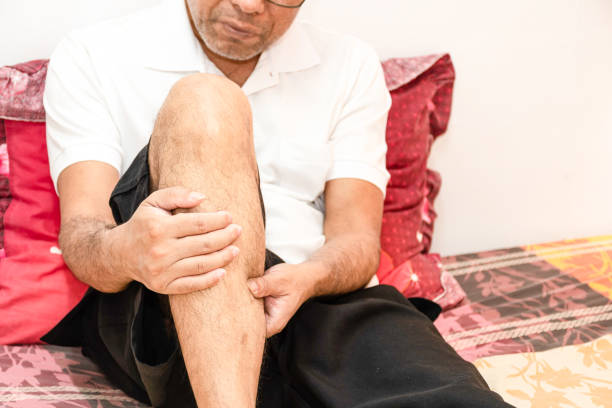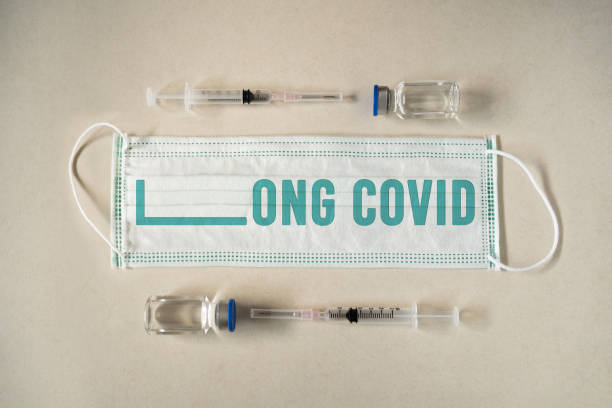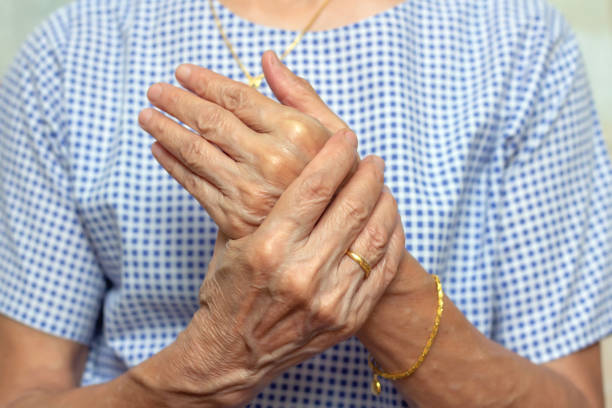There’s recently been a lot of media attention on GBS, or Guillain-Barré Syndrome. While GBS has been around for a long time, surges and clusters of this syndrome can, understandably, cause panic. Determining the cause of a particular surge can lead to tons of speculation, making it even more vital that you stay acquainted with the facts, rather than rumors.
GBS is a rare but serious autoimmune disorder in which the body’s immune system mistakenly attacks the peripheral nerves. This can lead to muscle weakness, numbness, and, in severe cases, paralysis. While the exact cause of GBS remains unclear, recent increases in cases have raised concerns among healthcare professionals and researchers. This article explores possible reasons behind the GBS case surge, potential risk factors, and public health implications.
What Is Guillain-Barré Syndrome?
GBS and a condition that causes acute inflammation of the nervous system, and is medically classified as an acute inflammatory demyelinating polyneuropathy. Symptoms typically begin with something as simple and mild tingling and weakness in the legs, which can get worse quickly, and progress to paralysis in severe cases. Although most patients recover with proper medical intervention, some may experience long-term complications (Willison et al., 2023).
Potential Causes of the Recent GBS Case Surge
While there has been some speculation about a ‘GBS virus”, the truth of the matter is that this is a condition the develops in response to several possible factors, and there is no GBS virus that drives it. Similar to Post-Acute Sequelae of SARS-CoV-2 infection or Long COVID, GBS is not the virus itself, but the aftermath.
Several factors may be contributing to the increase in reported GBS cases, and these are briefly jotted down below. For a more detailed analysis of triggers, check out our article on GBS Triggers.
1. Post-Infectious Triggers
GBS is often associated with infections, particularly those caused by bacteria and viruses. The most common infectious triggers include:
- Campylobacter jejuni: A leading bacterial cause of foodborne illness (particularly associated with poultry and animal feces), known to trigger GBS in a subset of infected individuals (National Institute of Neurological Disorders and Stroke [NINDS], 2024).
- Influenza and Respiratory Viruses: Some viral infections, including influenza, have been linked to increased GBS risk (World Health Organization [WHO], 2024a).
- SARS-CoV-2 (COVID-19): Emerging research suggests that COVID-19 may be associated with an increased risk of developing GBS, possibly due to immune system overactivation (Keddie et al., 2023). So technically. GBS should come under the umbrella of Long Covid.
2. Vaccine-Associated Cases
While extremely rare, some vaccines have been associated with GBS, particularly the 1976 swine flu vaccine. However, the benefits of vaccination generally far outweigh the risks. Recent studies have explored whether COVID-19 vaccines and flu vaccines might contribute to GBS cases, but findings remain inconclusive at this point in time (CDC, 2024).
3. Environmental and Genetic Factors
- Toxin Exposure: Some studies suggest that environmental pollutants and heavy metals may contribute to immune dysregulation, potentially increasing GBS risk (Zhao et al., 2023). Given the massive amount of air pollution and water pollution (that inevitably ends up in groundwater), there’s no wonder we’re seeing surges and clusters.
- Genetic Predisposition: Some individuals may have a genetic susceptibility that makes them more prone to developing GBS following an infection or other trigger (van den Berg et al., 2022).
Public Health Implications
The increase in GBS cases highlights the need for:
- Enhanced Surveillance: Tracking trends in GBS cases can help identify emerging risk factors and inform public health interventions. Here is where wastewater analysis comes into the picture – monitoring of clusters of bacterial or viral infections can help healthcare professionals keep on the watch for the aftermath, such as GBS.
- Improved Awareness and Early Diagnosis: Prompt recognition of GBS symptoms can improve outcomes and reduce the risk of severe complications. This includes proper education of people on taking their symptoms seriously and getting the needed help before it reaches a point of no return.
- Continued Research on Infection and Immune Responses: Understanding how infections and vaccines interact with the immune system can help mitigate risks associated with GBS.
To summarize – Although Guillain-Barré Syndrome remains a rare condition, the recent GBS case surge warrants further investigation. By identifying and mitigating potential triggers, healthcare professionals and researchers can work toward reducing the incidence of this debilitating disorder. Continued public health efforts, surveillance, and research are essential to better understand and manage GBS risks.
References
Centers for Disease Control and Prevention. (2024). Guillain-Barré syndrome and vaccines. U.S. Department of Health & Human Services. https://www.cdc.gov/vaccinesafety/concerns/guillain-barre.html
Keddie, S., Pakpoor, J., & Lunn, M. P. (2023). Neurological complications of COVID-19: Guillain-Barré syndrome and beyond. The Lancet Neurology, 22(5), 401-412. https://doi.org/10.1016/S1474-4422(23)00104-6
National Institute of Neurological Disorders and Stroke. (2024). Guillain-Barré syndrome fact sheet. National Institutes of Health. https://www.ninds.nih.gov/gbsyndrome
van den Berg, B., Walgaard, C., Drenthen, J., Fokke, C., Jacobs, B. C., & van Doorn, P. A. (2022). Guillain-Barré syndrome: Pathogenesis, diagnosis, and treatment. The Lancet Neurology, 21(1), 108-118. https://doi.org/10.1016/S1474-4422(21)00334-3
Willison, H. J., Jacobs, B. C., & van Doorn, P. A. (2023). Guillain-Barré syndrome. New England Journal of Medicine, 389(15), 1430-1442. https://doi.org/10.1056/NEJMra2301305
World Health Organization. (2024a). Guillain-Barré syndrome: Frequently asked questions. https://www.who.int/news-room/questions-and-answers/item/guillain-barré-syndrome
Zhao, C., Zhang, Y., & Wang, H. (2023). Environmental factors and immune-mediated neuropathies: The case of Guillain-Barré syndrome. Journal of Neuroinflammation, 20(1), 89. https://doi.org/10.1186/s12974-023-02789-6




